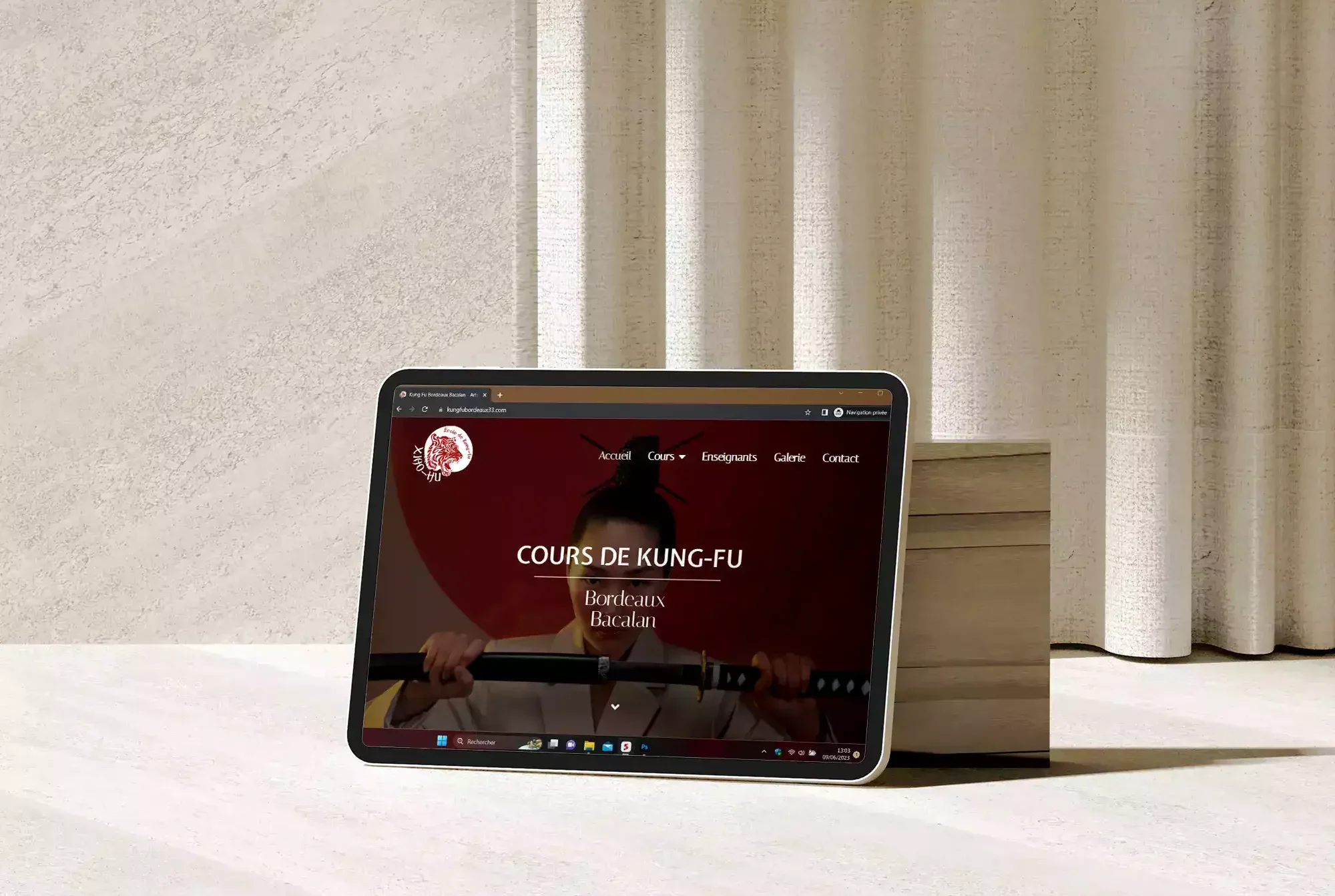
What information
to send to my graphic designer
to design my logo?
What information do I need to give my graphic designer to create my logo?
Creating a logo is a crucial step in developing your visual identity, whether it's for your company, your personal project or your brand. Working with a skilled graphic designer is essential, but to get a logo that captures the essence of your business, it's vital to communicate effectively. In this article, we'll look in detail at the key information you need to convey to your graphic designer to create a successful logo.
Table of contents
Details of your company or project
Before starting any design process, it's imperative to provide your graphic designer with basic information about your company or project. This includes your company's name, mission, values, industry, target audience, brand personality and history. The more your graphic designer knows about your company, the better he or she will be able to design a logo that accurately reflects its identity.



Examples of logos you like
Gather examples of logos you like. These examples will serve as a visual reference to help your graphic designer understand your design tastes and preferences. Explain what attracts you to these logos, whether it's their simplicity, typography, colors or other specific elements.



Your goals and expectations
Clearly describe your objectives for the logo. Do you want to reinforce brand awareness, evoke specific values, target a particular audience or announce a new product or service? Express your expectations regarding the logo's appearance, the colors, shapes, style and imagery you wish to associate with your company. The more precise you are in your description, the more the final result will be in line with your expectations.





